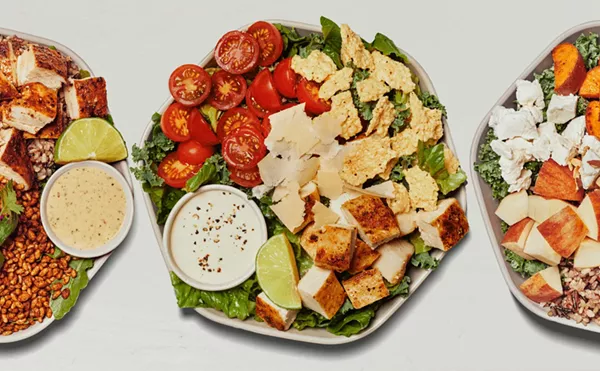Gone are the days of cupcakes in the classroom. By now most parents know that. But are Pop-Tarts acceptable? What about a few Oreos? Snack Time became Headache Time this semester for one Tempe mom left shaking her head over just what's okay to serve kids in public school.
We found granola bars, pita chips and nuts -- okay (as long as there are no allergies, of course). But we also noticed Kellogg's Pop-Tarts, Keebler Elfin Crackers, Baked Doritos and a few varieties of Ruffles Potato Chips.
1. All snack items must have 35% or less of total calories from fat, and
2. They can't have any more than 35% total sugar by weight. Individual packs of Oreos have 37% calories from fat and 40% sugar by weight.
So, how do some of the more questionable items that do make The List fare? Not much better.
Pop Tarts just make the cut-off with 33% calories from fat. They also don't contain the whopping 1-gram of fiber per serving the state requires. Doritos - even the baked kind - have exactly 35% calories from fat and Keebler's Elfin Cookies come in way over the mark at 53% sugar by weight.
"It's not so much what's on the list and what's not on the list, but the fact that they're trying to tell me what I should feed my own child," says the Tempe mom who was turned away from her son's school, left to figure out what to do with all those Oreos.
We showed The List to an expert.
"The list includes mostly highly processed, carbohydrate based foods," according to Simin Levinson, a lecturer at ASU's School of Nutrition and Health Promotion.
There are some acceptable, "cleaner" options on The List, she says, like pita chips or baked tortilla chips and some of the whole grain bars that are higher in fiber -- "but it doesn't provide a good balance of nutrients, and the variety largely consists of processed, refined carbohydrates."
Levinson's main recommendation? Simple. "Include a fruit and/or vegetable with each meal and snack."
Apparently it takes more than a list to raise healthy kids.












